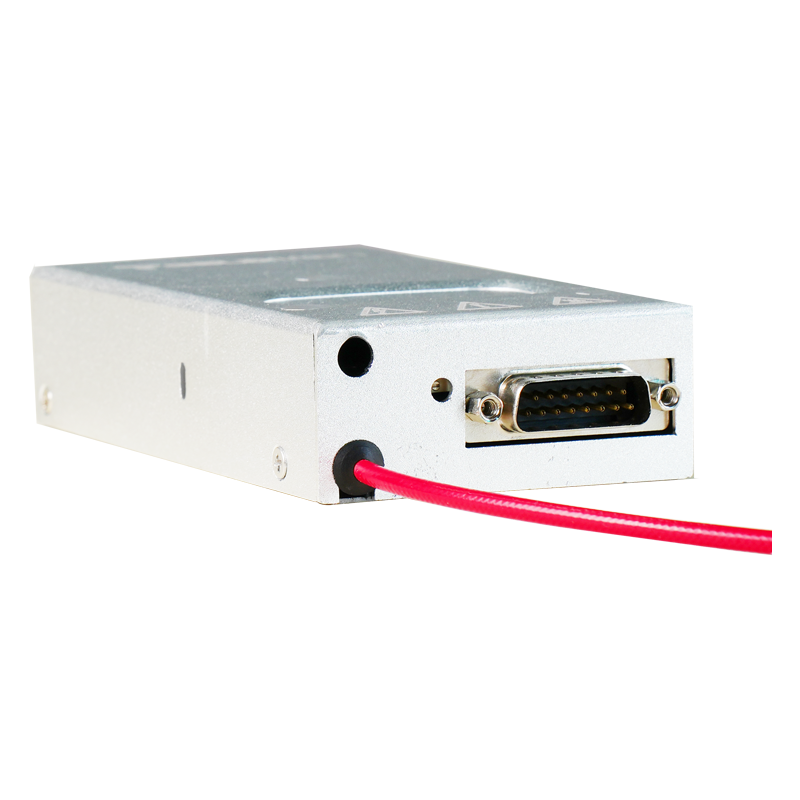Research on Chemical Residues of High-Voltage Power Supplies for Irradiation Sterilization
In the field of modern sterilization technologies, irradiation sterilization has been widely used in many industries such as food, pharmaceuticals, and medical devices due to its advantages of high efficiency, rapidity, and no secondary pollution. The high-voltage power supply for irradiation sterilization, as the core equipment for generating the irradiation source, the issue of chemical residues caused during its operation has gradually become the focus of research and attention.
High-voltage power supplies for irradiation sterilization usually generate high-energy rays such as electron beams or X-rays. When these rays act on the irradiated objects, they will undergo a series of complex interactions with the molecules of the substance. On the one hand, the energy of the rays can directly break the chemical bonds of molecules, leading to changes in molecular structure. For example, during food irradiation, the rays may cause degradation or cross-linking reactions of macromolecular substances such as fats and proteins in food. Although these reactions help to kill microorganisms, they may also produce some new chemical substances. On the other hand, the interaction between the rays and water molecules in the substance will generate highly reactive free radicals such as hydroxyl radicals (·OH) and hydrogen radicals (·H). These free radicals are extremely reactive and can quickly react with surrounding molecules, triggering a series of chain chemical reactions and further increasing the possibility of the formation of chemical substances.
The generation of chemical residues is affected by many factors. First of all, the irradiation dose is one of the key factors. A higher irradiation dose often leads to more chemical bond breaks and free radical generation, thus increasing the amount of chemical residues. Different irradiated substances have different responses to irradiation due to differences in their chemical composition and molecular structure. For example, foods rich in unsaturated fatty acids are more likely to undergo oxidation reactions during irradiation, producing chemical residue substances such as aldehydes and ketones. Conditions such as the temperature and humidity of the irradiation environment cannot be ignored. At higher temperatures, the chemical reaction rate accelerates, which may promote the generation of chemical residues; while changes in humidity may affect the generation and reaction pathways of free radicals.
Chemical residues have an important impact on product quality and safety. In the food industry, certain chemical residues may change the flavor, color, and nutritional components of food, reducing the quality of food. Some chemical residue substances may also have potential toxicity and pose a threat to human health. In the fields of pharmaceuticals and medical devices, if chemical residues are not effectively controlled, they may affect the efficacy of drugs and the safety of medical devices, and even cause adverse reactions.
In order to reduce the chemical residues caused by high-voltage power supplies for irradiation sterilization, researchers are constantly exploring optimization methods. By precisely controlling the irradiation dose and time, the generation of chemical residues can be reduced while ensuring the sterilization effect. Developing new types of irradiation protection materials can effectively reduce the unnecessary interaction between the rays and the irradiated objects. Precise regulation of the environmental conditions during the irradiation process also helps to inhibit the generation of chemical residues. In-depth research on the chemical residue problem of high-voltage power supplies for irradiation sterilization is of great significance for improving the safety and reliability of irradiation sterilization technology and promoting the healthy development of related industries.




















